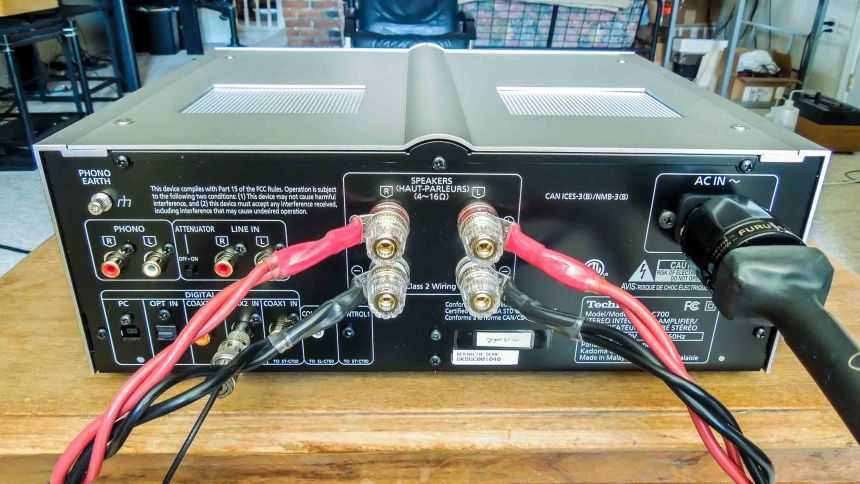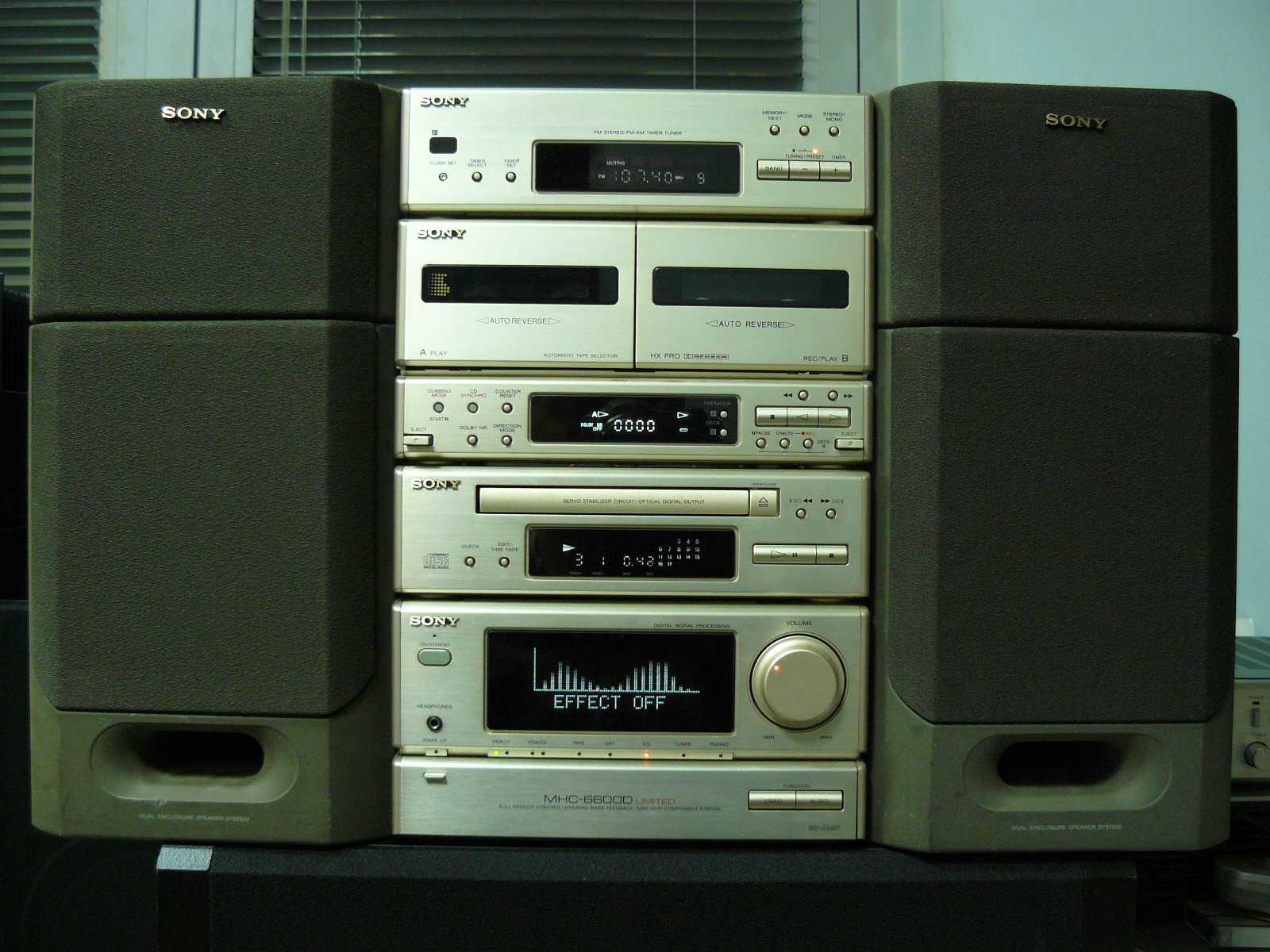Daten [ Bearbeiten ]
- Hersteller: Technics
- Modell: SU-A700MK II
- Baujahre: 1995/97
- Hergestellt in: Japan
- Farbe: Schwarz
- Typ: Analog
- Fernbedienung: ja
- Leistungsaufnahme: 200 Watt
- Abmessungen: 430 x 125 x 318mm (BxHxT)
- Gewicht: 7kg
- Neupreis ca.: 650,00 DM
Anzahl der Eingänge:
- Phono MM/MC (2,5mV, 47 kOhm / 170μV, 220 Ohm)
- AUX (150mV, 22 kOhm)
- Tuner (150mV, 22 kOhm)
- CD (150mV, 22 kOhm)
- Tape1/Tape2 (150mV, 22 kOhm)
Anzahl der Ausgänge:
Tape1
Tape2
- Sinus-Ausgangsleistung: 2 x 80 W (4Ohm)
- Gesamtklirrfaktor: 0,01 %
- Frequenzgang: 3Hz — 80 kHz; -0 dB, -3 dB
- Fremdspannungsabstand: 99 dB
Stereo Integrated Amplifier (1993-99)
Вердикт
В рознице устройство стоит 39 990 рублей. Мне понравился дизайн, время работы, подсветка, качество звука полностью соответствует ожиданиям. Как мне кажется, главный конкурент системы — это JBL Partybox 310, стоит 37 990 рублей, оснащена КОЛЁСИКАМИ и ручкой для переноски. Но все остальные функции очень похожи: например, это два входа для микрофонов и вход для гитары. Зная, как трепетно в России относятся к Sony, за судьбу SRS-XP700 переживать не стоит — весь тираж будет продан.
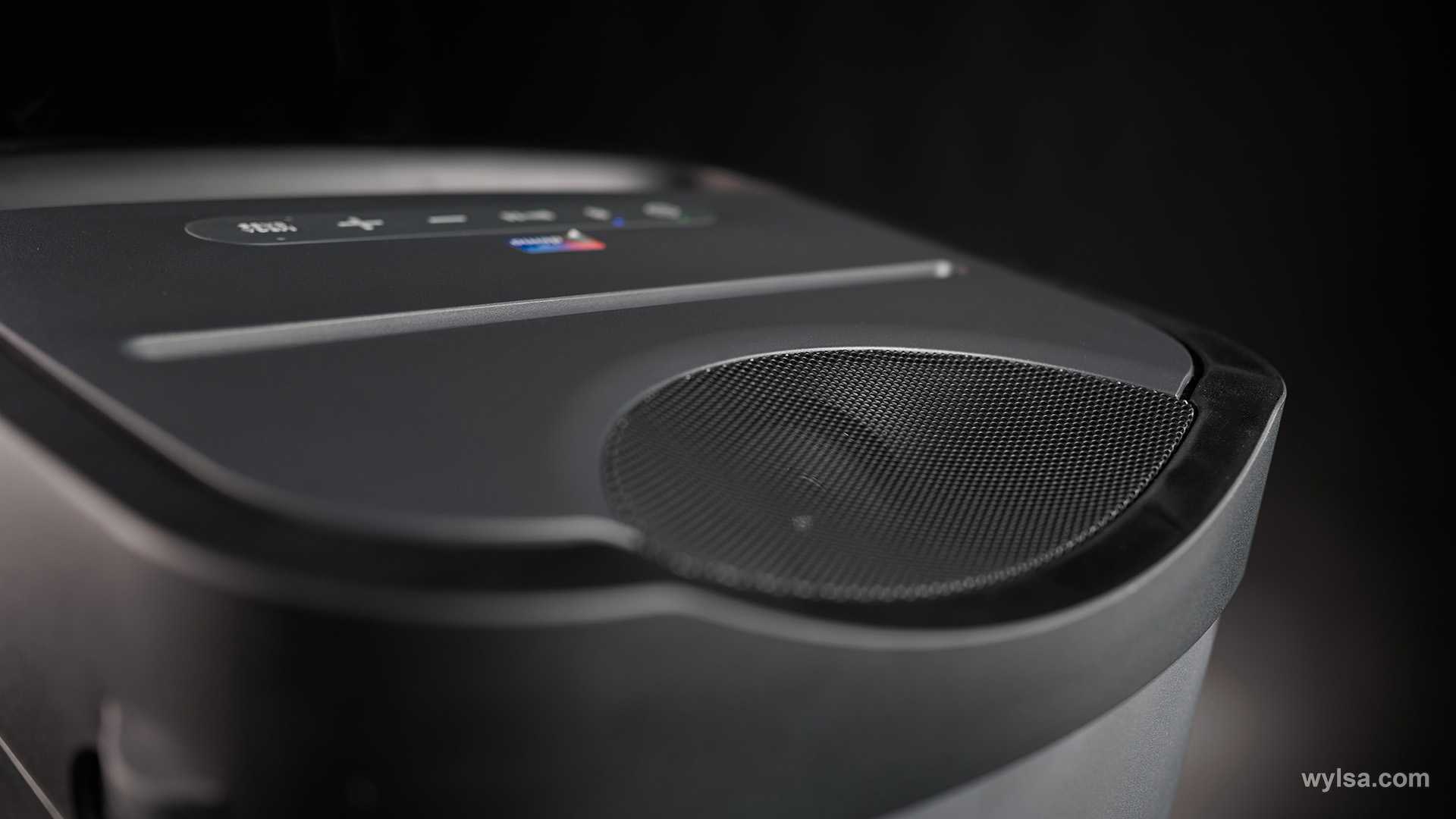
И тут уже не надо ничего говорить про «летнее устройство» или что-то такое. Сейчас люди гоняют за город в любое время года, ну а где дача, там и гриль, где гриль, там и музыка. Так что готовьтесь встречать XP700 в самых неожиданных местах, от Завидово до Красной Поляны.
Очень хорошо покупать технику в Avcenter.ru, традиционно действует скидка по промокоду SONY-WYLSA — 7 % на всю линейку беспроводных систем компании.
Specifications
Power output: 45 watts per channel into 8Ω (stereo)
Frequency response: 20Hz to 20kHz
Total harmonic distortion: 0.01%
Damping factor: 60
Input sensitivity: 2.5mV (MM), 150mV (line)
Signal to noise ratio: 76dB (MM), 91dB (line)
Channel separation: 50dB (line)
Output: 150mV (line)
Speaker load impedance: 4Ω to 16Ω
Dimensions: 430 x 125 x 318mm
Power output: 45 watts per channel into 8Ω (stereo)
Frequency response: 20Hz to 20kHz
Total harmonic distortion: 0.01%
Damping factor: 60
Input sensitivity: 2.5mV (MM), 150mV (line)
Signal to noise ratio: 76dB (MM), 91dB (line)
Channel separation: 50dB (line)
Output: 150mV (line)
Speaker load impedance: 4Ω to 16Ω
Dimensions: 430 x 125 x 318mm
Price: GBP £250 (1995)
Power output: 45 watts per channel into 8Ω (stereo)
Frequency response: 20Hz to 20kHz
Total harmonic distortion: 0.01%
Damping factor: 60
Input sensitivity: 2.5mV (MM), 150mV (line)
Signal to noise ratio: 76dB (MM), 91dB (line)
Channel separation: 50dB (line)
Output: 150mV (line)
Speaker load impedance: 4Ω to 16Ω
Dimensions: 430 x 125 x 318mm
Price: GBP £250 (1996)
Новая аудио техника Technics скоро в продаже
- Прецизионные цифровые технологии «, которые обеспечивают передачу сигнала с необходимыми характеристиками с точки зрения усиления и фазы, идеально подходящими для преобразования в мощный звук.
- Технологии подавления шума » значительно уменьшают шум, обеспечивают идеальное цифровое аудио.
- Впечатляющие акустические технологии » воспроизводят чистый звуковой образ, передают ощущение глубины в акустическом пространстве, благодаря широкому диапазону воспроизводимых звуковых частот и высокому динамическому диапазону.
- Cтерео усилитель мощности SE-R1
- Сетевой аудиоплеер SU-R1
- Акустическая система SB-R1.
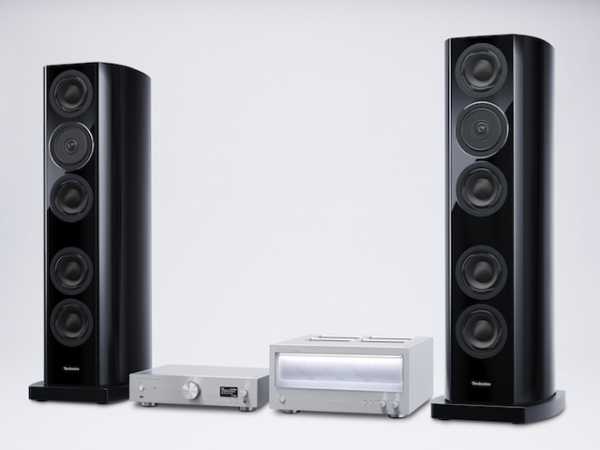
Усилитель мощности SE-R1 выполнен с использованием самых современных компонентов и инновационных технологий. Процессор Digital JENO (Jitter Elimination and Noise-shaping Optimisation) (идеальная синхронизация и шумоподавление) оснащен преобразователем ШИМ и системой усовершенствованной синхронизации (устранения джиттера). Мощные выходные каскады усиления (GaN MOSFET) обеспечивают высокую частоту усиления и минимизируют потери сигнала, сохраняя расширенную частотную характеристику подаваемого на громкоговорители сигнала. Наконец, LAPC (Load Adaptive Phase Calibration) обеспечивает очень линейные амплитудно-частотные и фазовые характеристики.
- Цифровой коаксиальный выход: PCM до 192 кГц / 24 бит
- Цифровой оптический выход: PCM до 96 кГц / 24 бит
- DLNA, USB-A: FLAC, WAV, AIFF до 192 кГц / 24 бит; ALAC до 96 кГц / 24 бит; MP3, WMA, MPEG-4 AAC до 48 кГц / 16 бит
- USB-B: до 384 / 32 бит PCM / DSD 2.8MHz, 5.6MHz с асинхронной передачей.
Напольные аудиоколонки оснащены шестью динамиками, включая 25-мм ВЧ динамик с мембраной из углеграфита, 160-мм НЧ динамик и четыре 160-мм СЧ динамика с длинным ходом катушки.
Система премиум-класса C700 состоит из четырех Hi-Fi компонентов:
Универсальный стерео усилитель SU-C700
Сетевой аудиоплеер ST-C700
CD-проигрыватель SL-C799
Акустическая система SB-C700
Усилитель SU-C700 использует инновационную, полностью цифровую аудио обработку, которая обеспечивает чистое, достоверное звучание. Мы находим здесь процессор JENO и LAPC, при этом поддерживаются форматы:
Цифровой коаксиальный выход : PCM до 192 кГц / 24 бит
Цифровой оптический выход : PCM до 96 кГц / 24 бит
USB-B: до 192 кГц / 32 бит PCM / DSD 2.8 МГц, 5.6 МГц с асинхронным режимом передачи
Проигрыватель компакт-дисков может воспроизводить следующие оптические носители: Audio CD / CD-R / CD-RW / MP3 (CD-R, CD-RW) / WMA (CD-R, CD-RW). Полочные аудиоколонки состоят из ВЧ динамика с купольной мембраной, 19-мм СЧ динамика с алюминиевым диффузором и 160-мм НЧ динамика.
Стали известны и первые официальные цены (для немецкого рынка):
Серия Technics R1:
SE-R1 12 999 евро
SU-R1 6 999 евро
SB-R1 9 999 евро (каждая)
Серия Technics C700:
SU-C700 1 299 евро
ST-C700 899 евро
SB-C700 1 299 евро (пара)
SL-C700 899 евро
СЛЕДУЮЩАЯ НОВОСТЬ
Новинка от Shure: система наведения камер CP 7890
ПРЕДЫДУЩАЯ НОВОСТЬ
Телевизоры Sony W705C: Edge LED TV, 1080p, Frame Dimming, SEN, Miracast …
Главная страница > Новости > Новинки > Новая аудио техника Technics скоро в продаже
SU C-700
Moving on to the SU C-700 amplifier/DAC, the first thing that struck me was how well it mates with the SB C-700 speakers. A sub-100 watt per channel amp driving speakers with specifications claimed by Technics (85dB!) seems like something of a marvel, but boy does it work! Those little class D modules neither wince nor miss a beat, even when driven to what I consider “insane volumes”. At my normal (quite reasonable) listening levels, the VU meters suggested that I was rarely exceeding one watt of power per side at peak volume.
The amplifier has a couple of interesting features that are worth mentioning. One of these is the Load Adaptive Phase Calibration (LAPC) option. Hit that button on the remote, and besides a little LED illuminating on the center of the unit, the following audio goodness is apparently activated (according to the manual):
Based on a generated test signal, the amplifier then optimizes the gain and phase for a given pair of speakers. Sounds like a pretty cool idea, and it’s even better when implemented. After playing around a bit with this option, I decided to leave it on and never look back. The effect is somewhat subtle, but certainly noticeable — an overall improvement in focus, with individual images sharpening up that much more.
Reviews
Login or register to post reviews
Reviewed Dec 03rd, 2013 by clamjouster
Have been using one of these for a couple of years now for 2 channel music listening after I decided my Denon PMA-1060 was just too powerful for the space I wanted to fill.
For an amp approaching 20 years old i’ve been really impressed by it. It’s not massively powerful at just 45 watts RMS pet channel at 8ohms but i’ve found it to be more than powerful enough for my needs.
I’ve been running it using a Technics SH-GE70 EQ and the sound quality that comes out of it is epic. I’ve settled on a pair of entry level large bookshelf speakers Mission MV4s and the stereo imaging that the two combined produce is amazing with fantastic instrument separation. I personally love the warmness of this amp which was another reason I decided to get rid of my Denon amp as that sounded a bit too cold and clinical for my taste.
I’ve found pairing with the right speakers is a must and was surprised that I ended up with the budget Missions. I’ve tried several other pairs from Mission M33i floorstanders which sounded great but are now used in a 5.1 set up to the really highly regarded Wharfedale Diamond 9.1s which sounded brash and a little uncomposed when coupled to this amp. Once I found the right combination though i’ve never tired of listening to it. So much so that i’ve treated myself to its bigger brother the SU-A900, it hasn’t arrived yet but I hope i’m not disappointed as this little amp is a tough act to follow.
Plug and play loud
System setup is a breeze.
It’s merely a question of connecting the components together and getting the system onto a network. When powered up, the player looks for DLNA servers on the network. These can then be navigated by a basic tree and root structure.
Both units ship with the same remote, which drives the ensemble. Only one is required.
I suspect though that many will ditch the zapper and choose to drive the system from the Technics app, which is intuitive and graphically rich.
The SB-C700 speakers are best placed forward facing, rather than toed in; the stereophonic spread is pronounced. Cabinet colouration appears non-existent.
SB C-700
Turning to the speakers: the SB C-700s sounded best placed well out into the room (as I would with any small monitor speakers) and firing straight forward with little to no toe-in. I got them up on hefty 22-inch four pillar Target stands, which leave the tweeters just a little bit below my ear level. The sound met my, admittedly high, expectations for a pair of small, high performance stand mounted speakers: huge soundstage, sharply precise imaging, and a sense of the speakers performing “a disappearing act”. Tonally, the SB C-700s are quite neutral and crisp, exhibiting a nice sense of excitement and immediacy, but without ever losing their absorbingly musical character. On Ralph Towner’s solo guitar on the album Anthem (on CD, from ECM), the guitar is incisive, with plenty of detail and energy on both the leading and trailing edges. There’s no sense of artificiality, nor is the sound muffled or dirtied in any way. I closed my eyes and was swept away to that resonant venue, with Towner playing his instrument for me.
Also impressive is the depth of tone, especially given the quickness of the speakers. Looking at the specifications, I really wasn’t expecting a great deal of satisfying bass, but it’s there for the taking. Put on a well recorded organ performance such as Simon Preston performing Sir William Walton’s masterpiece “Crown Imperial” as transcribed for organ (LP, Argo ZRG 5448, digitally archived). Turn up the volume a bit, and you’ll hear what I’m talking about. The low pedal tones are resonant and meaty (even if they don’t quite shake the room), and are lent plenty of realistic presence via the little SB C-700 speakers. I’ve played this recording numerous times all the way through with the Technics system just because it’s been so enjoyable to hear. I get something of an appreciation for the size of Westminster Abbey just from the sound of the reverberating strains reflecting off its ancient walls. Such performance speaks volumes about the speakers’ ability to retrieve low-level information to re-create the space in which a recording was made.
There must also be something to the coherence said to be provided by the pancake-flat driver system, as it lends a realism and immediacy to the sound that I’m not sure I’ve quite experienced before. I just don’t get that feeling that the bass follows the treble as I often do when listening to other speaker systems. And I keep coming back to how this system somehow seems to pick up tiny detail cues and gets them transmitted back to my listening chair in one piece, but without losing that sense of “listenability” that we all seek in good audio equipment. I suppose that the best way to sum all of this stuff up would be to say that the system sounds exceedingly natural in a wholly modern and not too “hi-fi” sense. In many ways, the Technics speakers remind me of my reference ATC SCM 19 (version 2) monitors, and that’s quite a complement in my book.
ST C-700 Network Audio Player
The job of the ST C-700 is to grab digital files from any number of different “locations”, digitally process them, and either send the data to its own DAC for conversion, or on to an external DAC, such as the one found in the SU C-700 amplifier/DAC introduced above. The device is poised to receive digital data from a multitude of sources, including smart phones/tablets, computers, and NAS storage devices. Digital files can be received via Ethernet, Bluetooth, or USB (over a type B interface). Digital signals are then sent by way of optical or coaxial interfaces, and processed signals are run through the internal Burr-Brown PCM1795 DAC, offered by way of a set of RCA analog outputs. Again, all operations are controlled using the multifunction remote.
The ST C-700 unit is a rather plain-looking box whose brushed aluminum finish and build quality much resemble the SU C-700 amplifier. There is a simple fluorescent status display in the center, flanked by the power switch and iPod interface (USB Type A) on the left and illuminated start, stop, pause, advance indicators on the right such that one would see on a CD player.
I was intrigued by the digital processing technology on hand in the ST C-700, which includes proprietary digital noise isolation architecture, virtual battery operation for lower noise floor, and high-resolution remastering which re-shapes lower resolution waveforms while upsampling them to 32 bit/192 kHz resolution. There’s a lot going on in this little box, but I couldn’t help but wonder about the redundancy of the DAC in this unit versus that in the SU C700 amplifier. It seems to me that much of the interfacing (e.g., Bluetooth) and digital processing technology could have been easily built into the SU C700, thus obviating the ST C-700 altogether. Obviously, the player would be great for anyone looking for a high quality and versatile combined network audio device and DAC for an existing non-Technics based system, but here it does mate beautifully with the ST C-700 unit.


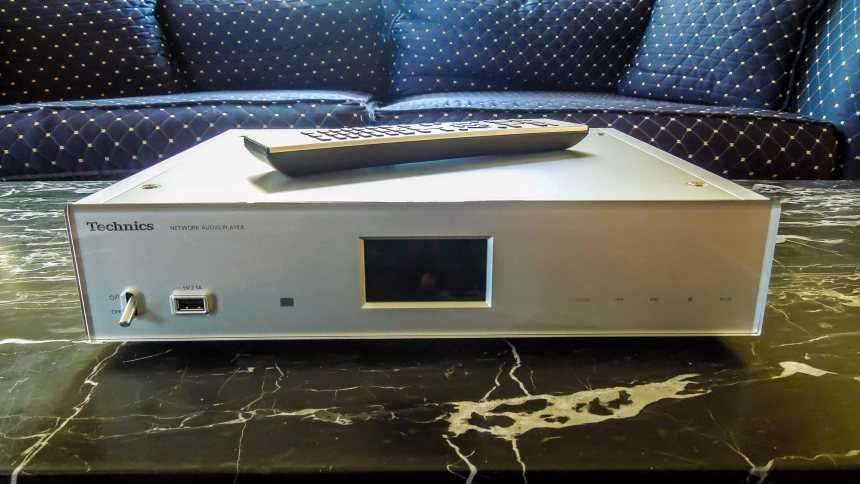
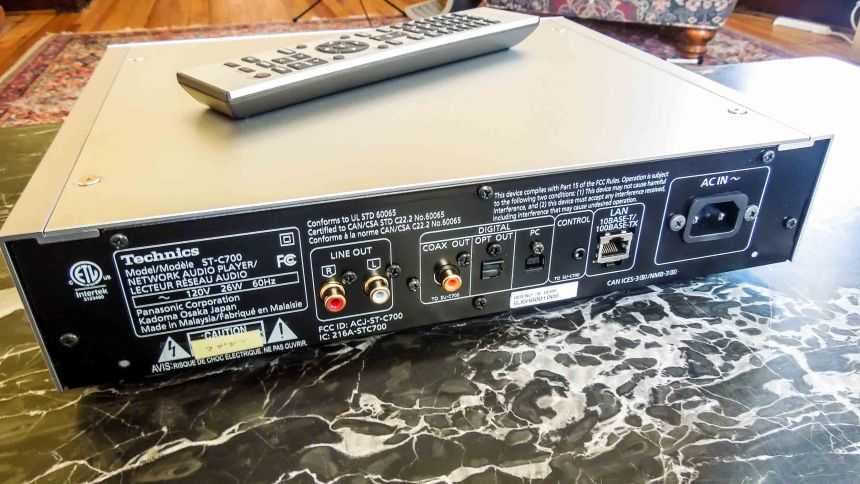
Музыка
Система прекрасно оснащена: спереди установлены три твитера диаметром шесть сантиметров, ещё один высокочастотник на задней части, под грилем прячутся огромные драйверы низких частот. В целом XP700 напомнила мне о временах музыкальных центров Sony из девяностых — помните ли вы их? Я вот помню: в 22 годика на день рождения поехал на Горбушку и на все подаренные деньги купил себе огромный центр Sony, там были ОГНИ, там был X-BASS, и диски, и кассеты, и запись — и чего там только не было. Счастье! Вот только я не рассчитал, что центр упакован в три разных коробки, и как я их тащил от Багратионовской до Лобни — отдельная история.
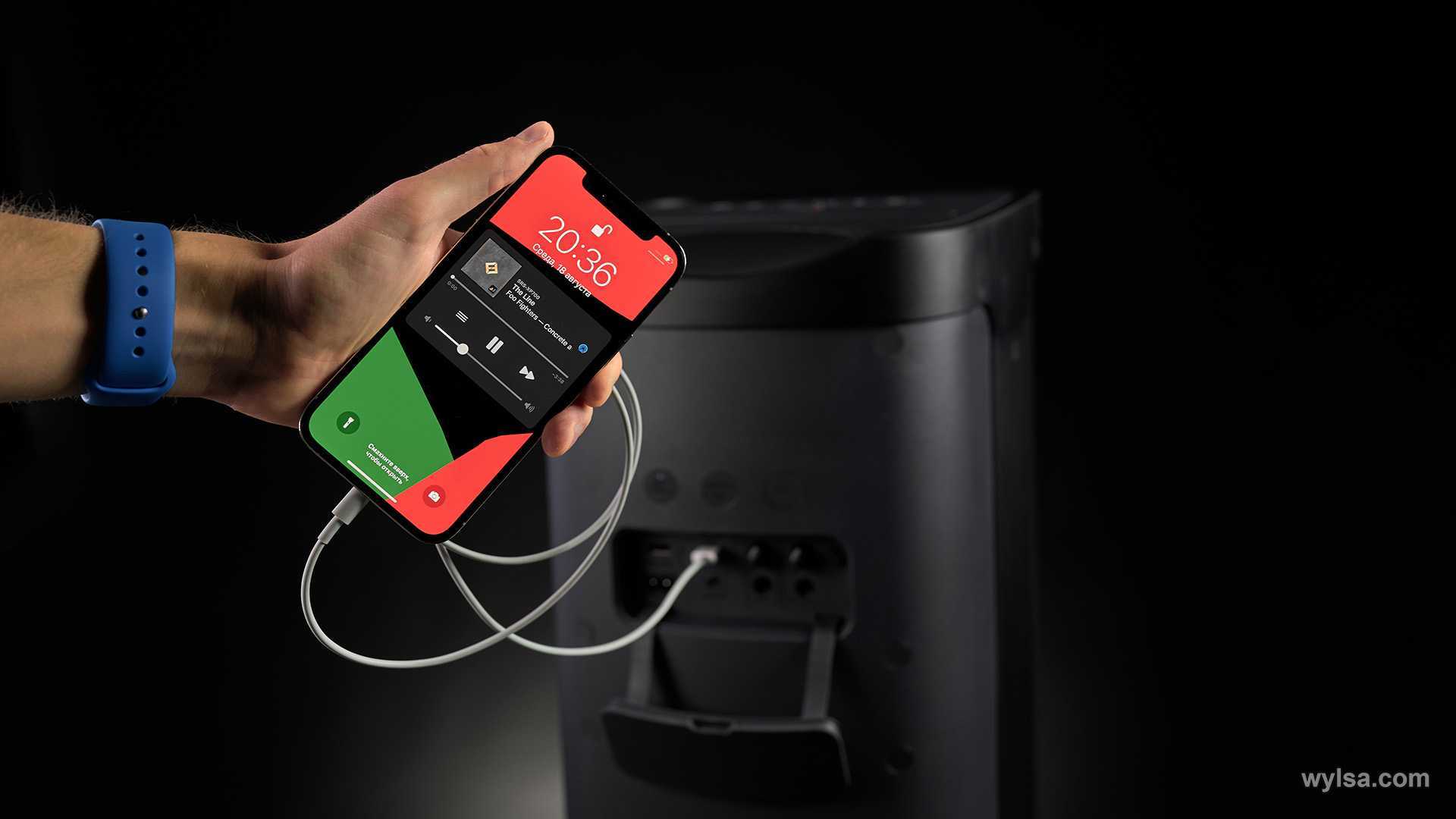
Но потом, когда я всё красиво поставил в комнате и включил The Fat of The Land, — вот это было счастье. Кстати, это был оригинальный CD прямиком из Англии, привезённый товарищем. Вроде и нечем особо гордиться, но прошло двадцать лет, и я это помню как сейчас.
В случае с SRS-XP700 всё очень похоже на те ощущения: система обволакивает басом и, конечно, это не устройство для классики. Но вот запустить погромче Donda — прекрасно. Для любых спонтанных офисных вечеринок колонка подходит идеально, я уж молчу про загородную жизнь. И если вы нечаянно обольёте её пивом — никто не обидится, есть поддержка IPX4.
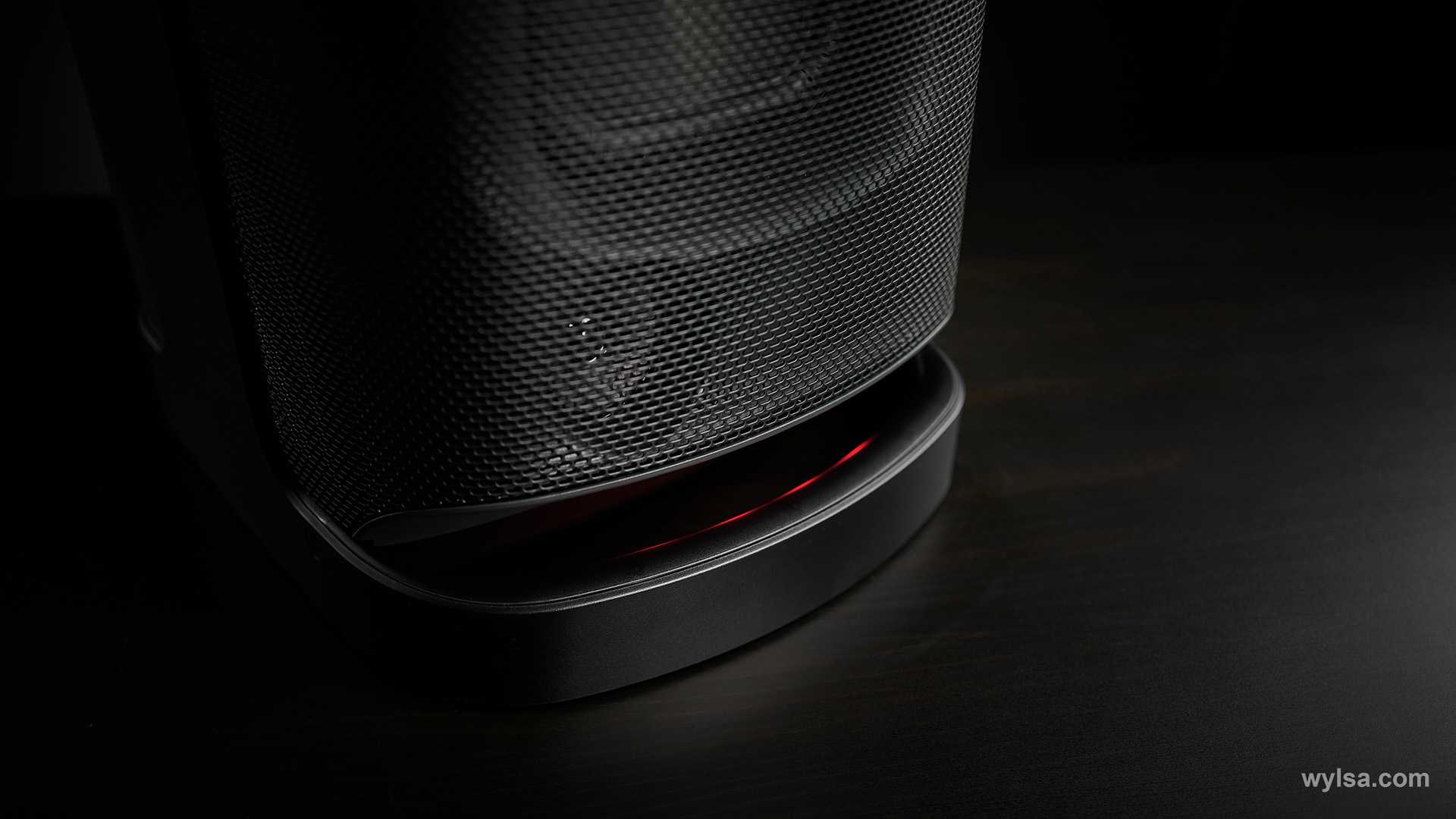
Дизайн
Как я уже сказал, очень большая упаковка, имейте это в виду, если соберётесь забирать колонку самостоятельно. Лучше заранее подготовиться, расчистить место в машине или вызвать такси с большим багажником.
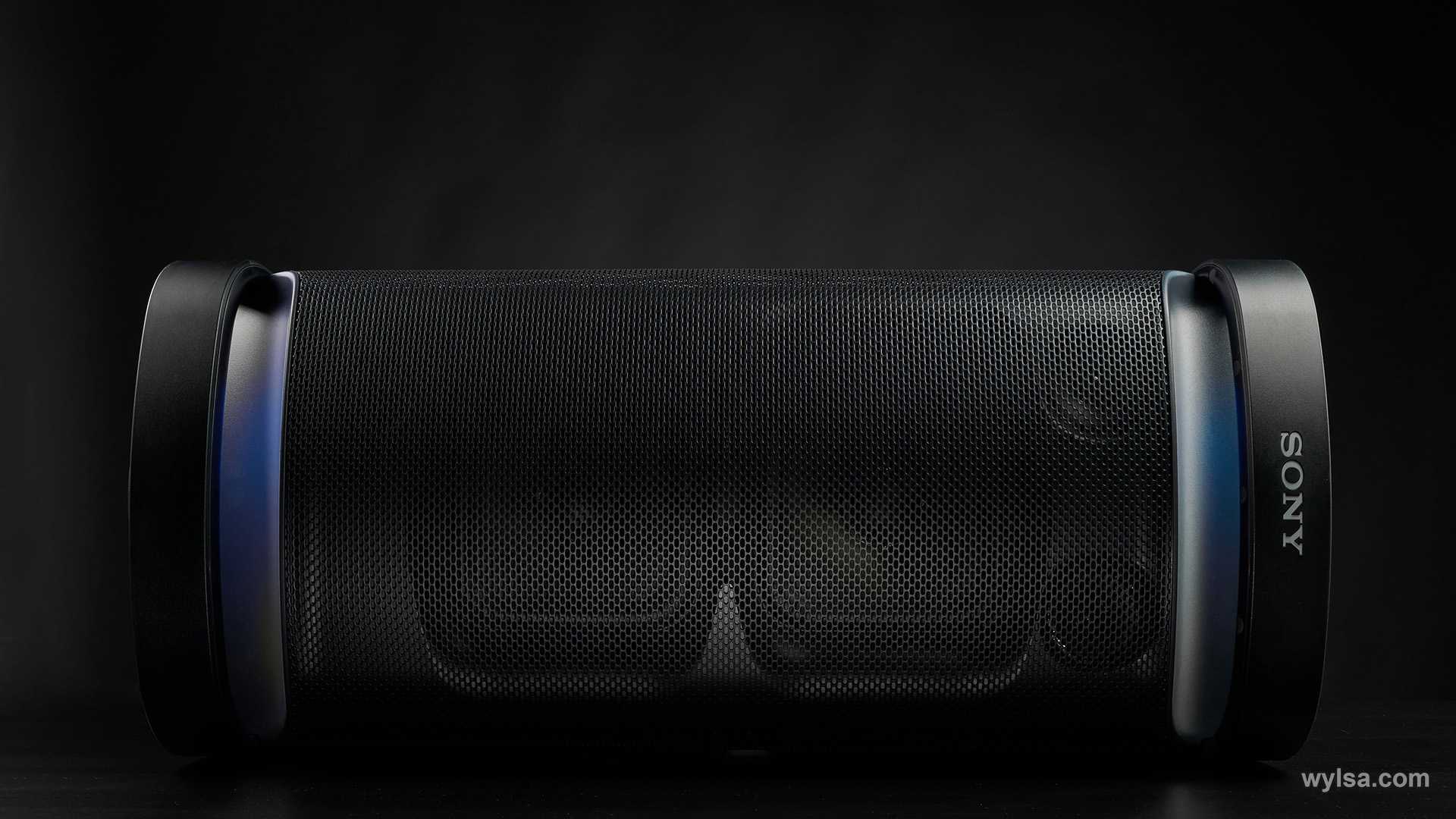
Дизайн — настоящий «сонистайл». Приятно сделаны кнопки, на месте атмосферная подсветка с возможностью самых разных регулировок, есть ручки для переноски. Предусмотрена и щель для установки смартфонов или даже планшета.

Колонку можно поставить на попа или же положить на бок. Соответственно, ручек для переноски тут тоже две. Вот только имейте в виду, что вес почти 17 килограмм, так что не стоит доверять переноску детям.
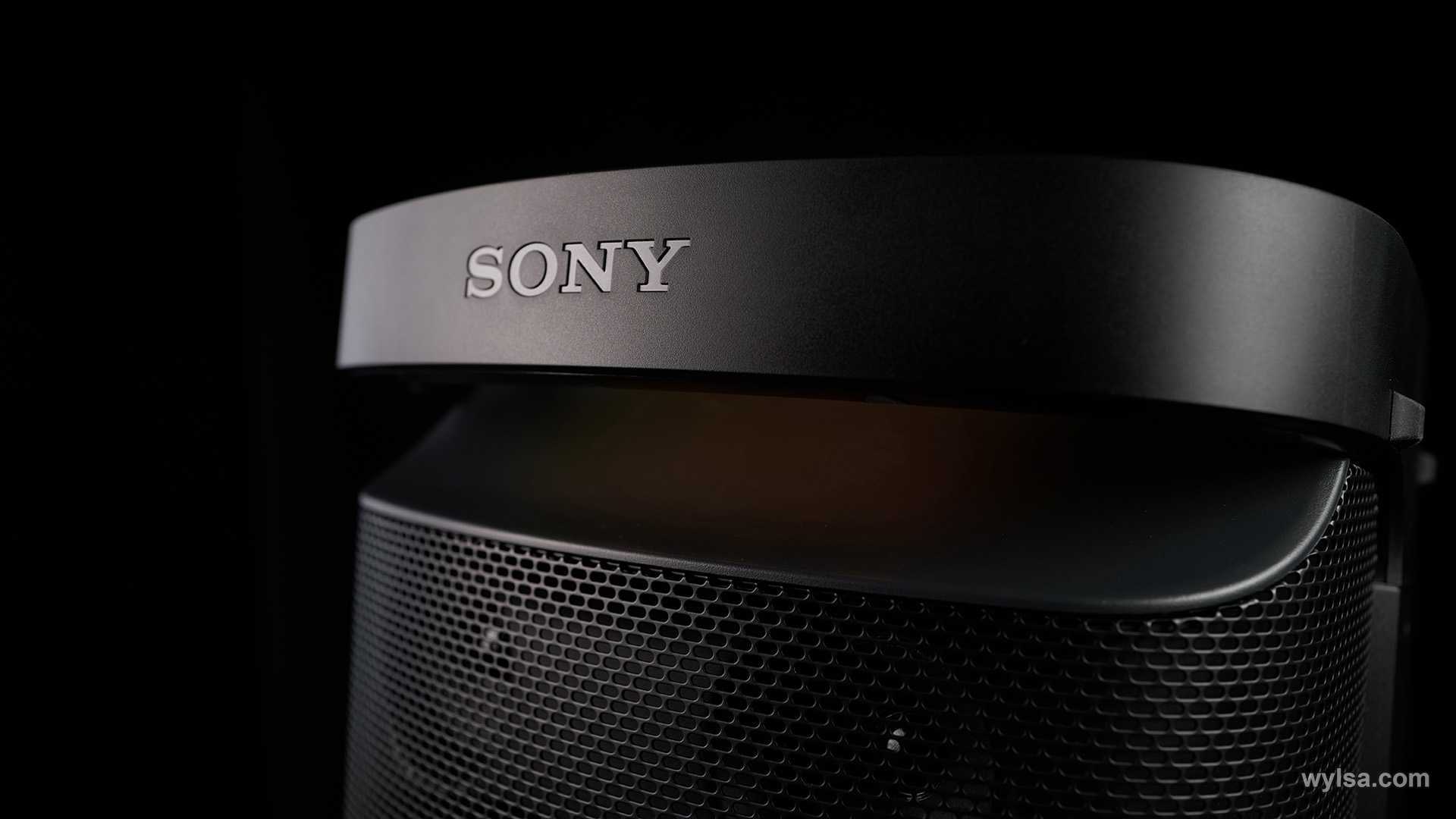
На задней части под откидной панелью находится россыпь разъёмов. Тут и два разъёма USB-A для зарядки различных устройств, и вход для микрофона — да, караоке вполне реально, — и вход для подключения гитары есть. Есть и отдельная крутилка громкости именно для использования с инструментом.

Старомодный аудиовход поможет подключить любые плееры, ноутбуки или другие устройства. Вроде бы и не самая нужная функция, но вот у меня на даче валяется iPod classic с кучей треков из прошлого, и будет очень здорово привезти туда XP700 да и послушать всё это дело, пожарить на улице сосисочки и хорошо провести время.
Ещё сзади есть кнопка Party Connect, в цепь можно подключить сто колонок Sony. Поддержка функции точно есть у новинок этого года, акустических систем SRS-XP700, SRS-XP500, SRS-XG500.
Подсветка отключаемая, кнопка как раз над панелью с разъёмами. Вообще, для нормального управления устройством вам нужно поставить две утилиты: Sony Music Center и Fiestable. В первой всё связанное с обновлениями, эквалайзерами, во второй всё про свет, караоке и развлекательные функции. Советую поставить обе утилиты хотя бы для баловства, ну а потом решите, нужны они вам или нет. Естественно, они существуют и для iPhone, и для Android.
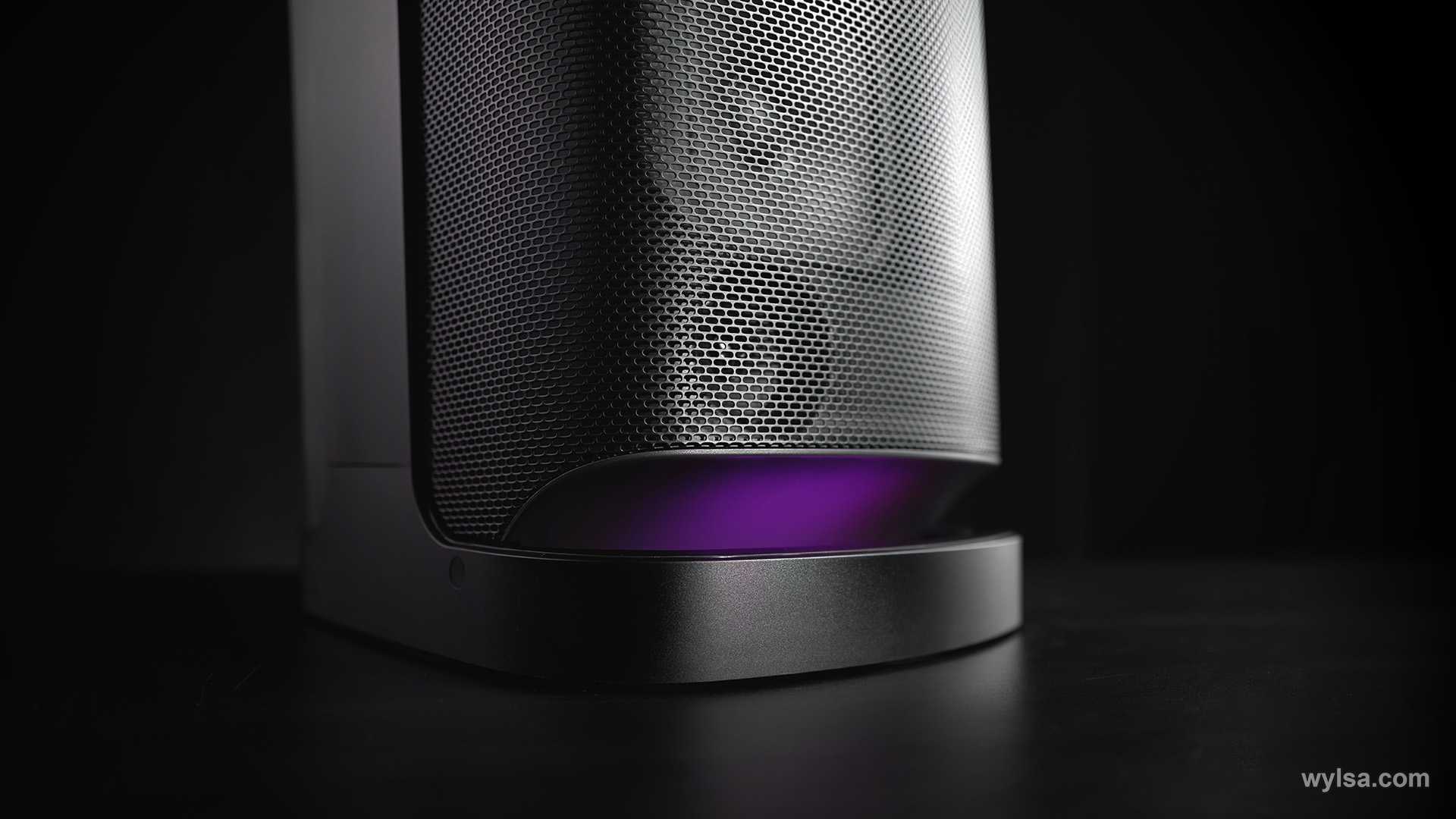
Никаких проблем с подключением не возникло. Подключал по Bluetooth iPhone 12 Pro Max и Samsung Galaxy Z Fold3, переключение и автоподключение работают нормально. В офисе с серьёзными перекрытиями дальность связи около пяти-шести метров, ну а за городом можно рассчитывать метров на восемь
Хотя, как по мне, это не так уж важно. Многие будут держать XP700 поближе к летней кухне — ну или поближе к другому месту, где собирается вся публика
Заявленное время работы около 25 часов, мы слушали колонку по паре часов в день, перетаскивали из помещения в помещения, так как в офисе постоянно съёмки. За неделю она разрядилась почти полностью, но, считаю, для такого большого устройства это отличный показатель. Время зарядки около трёх часов. Блок питания встроенный, это тоже большой плюс — подключил сетевым кабелем, и порядок.
SB C-700 Speaker System
In terms of outward appearance, I found the SB C-700 speakers to be the most impressive part of the whole Technics package. Rather than a throwback to a different era, these things are positively modern. From the flat bass/midrange driver to the integrated tweeter, these speakers just plain ooze coolness. They’re small, but surprisingly heavy, suggesting real attention to cabinet build. And they look great, with their not-so-boxy barrel-like profile.
Technology wise, the SB C-700 duo boasts so-called “point-sound-source” drivers, where the location of the tweeter is in the center of the woofer/mid driver (not a new idea…), and “phase precision drivers” deriving from the flat profile of the whole transducer array. To boot, the cabinet is indeed designed to minimize internal reflections, leading to a greater purity of tone. The speakers are rear-ported, and terminals are of high quality. The white finish on my pair was quite stunning, lending an overall feeling of sophistication to the overall Technics system.
Spec-wise, the frequency range is quoted as 10 dB down at 45 Hz and 80 kHz, with a sensitivity of 85 dB, and a minimum impedance of four ohms. I found that the speakers were easily and effectively driven to more than high enough volumes using the supplied Technics amplifier.
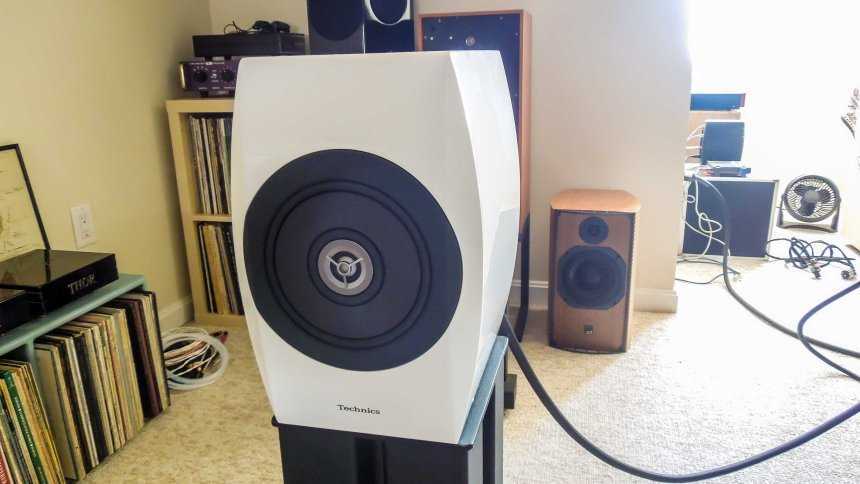
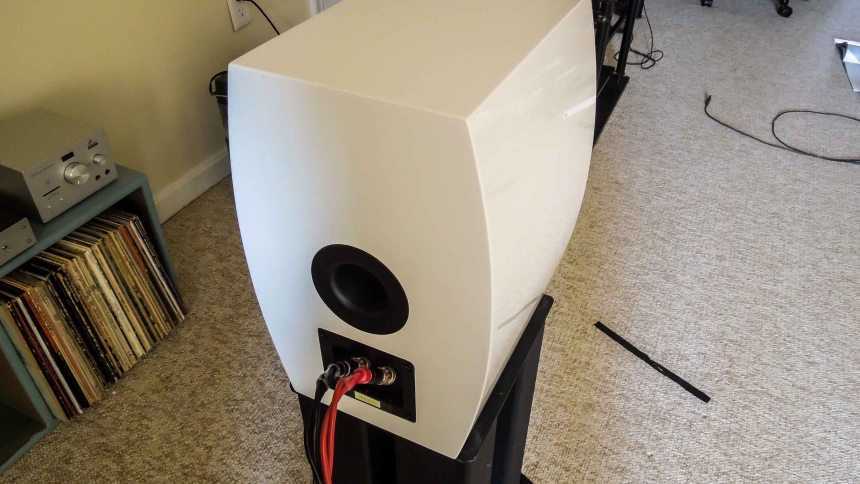
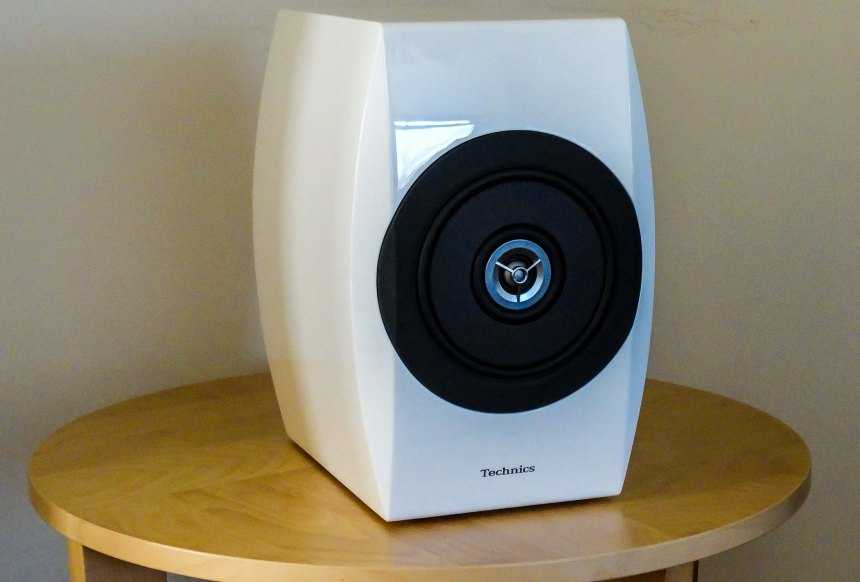
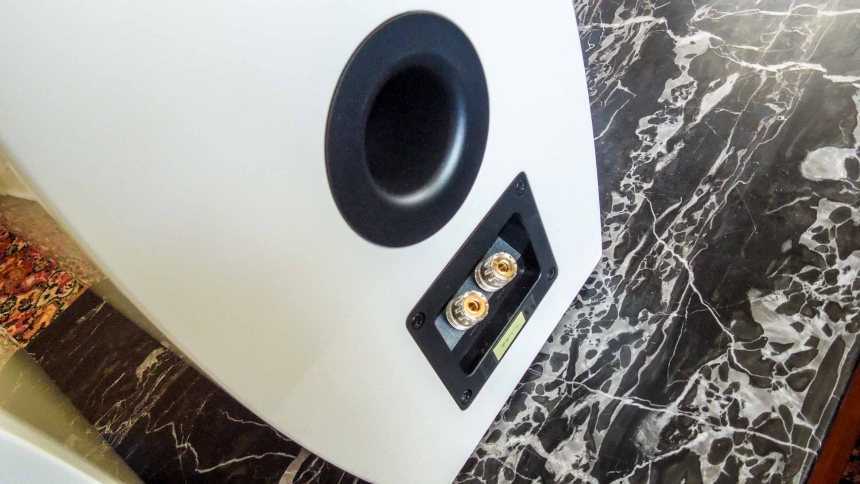
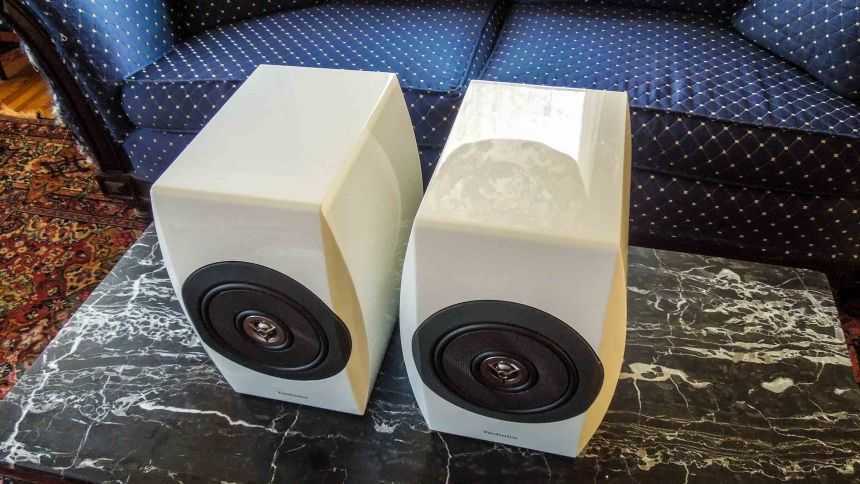
Overall Impressions
In the grand scheme of things, I found the Technics system easy to set up and use. I ended up initially listening to the amplifier and speakers together as a system, fed by my computer via a SoundDevices USBPre2 digital interface serving as a USB to S/PDIF converter, and then later attempted inserting the ST C-700 network player in place of the USBPre2. Files were fed to the player either wirelessly by way of Bluetooth, or wired using a USB connection right from my Mac Mini. In each case, processed digital signal was sent from the ST C-700 directly to the internal DAC on the SU C-700 amplifier unit.









One nitpick: both the amp and network player went into an energy-saving standby mode if no signal was fed to them for more than a few minutes. I’m not sure if this is something that is user controllable or not, but I couldn’t find reference to it in the owner’s manual. Normally, such behavior wouldn’t bother me at all, as everything came back to life at a quick flip of the remote. However, if Bluetooth was in use, connectivity was lost, and the network player had to be re-paired with the digital source component (e.g., computer). This operation was something of a pain in that it required more than a few keystrokes on the remote, as well as re-connecting on the computer end. Not fun.
On the other hand, I’ll say right up front that the sound of the amp/speaker combination was rather good — but when fed by the network player, it rose to another level altogether. Good sound became nothing less than great sound, exhibiting fuller, more refined bass and a smoother, more analog-like overall presentation (as I’ll address in greater detail a bit later).
Components and build quality
Build quality across the range is superb. You get the sense that these components will look as good in 2025 as they do today. The cool retro cosmetic design is a real winner.
The digital amp is not particularly large, measuring just 340 x 131 x 324mm (w/h/d).
Naturally the fascia features characteristic illuminated VU meters (how could it not?), with a central volume dial. Rather than opt for a common–or-garden switch-mode power supply, Technics has gone old school with a low-noise, high-capacity linear power supply. This is a pleasing indulgence. The amp tips the scales at 7.9 kg.
Connectivity comprises six digital audio inputs (three optical, three coaxial), one pair of stereo phonos, a MM phono input for born again vinyl junkies and a USB-B connection for laptop hook-up.
The matching ST-C700 network audio player features a central display, offering white text on black. There’s no album artwork displayed when browsing, which seems overly frugal.
Connections here include both USB-A and USB-B inputs, plus two digital audio outputs (coaxial and optical) and a stereo phono pair, plus an Ethernet LAN. There’s also a DAB+ and FM radio tuner onboard, along with aptX Bluetooth support.
The ST-C700 network audio player has been seriously over-engineered to reduce the spectre of digital noise.
One cool trick is Virtual Battery Operation, designed to reduce noise and trace distortion generated by the power supply. There’s also a high resolution iteration of Panasonic’s Re-mastering technology.
Given such audiophile obsession with noise management, it’s no surprise to find Wi-Fi AWOL.
The compact curvy SB-C700 speakers feature a piano white finish. While magnetic grilles are supplied, the flush-mounted coaxial driver is so pretty it seems almost vulgar to mount them.
The speakers are rear-ported, with chunky binding posts. Charged with delivering crisp highs is a 19mm aluminium diaphragm dome tweeter, rated up to 100kHz; it’s allied to a flat 160mm woofer.
SU-C700 Integrated Amplifier/DAC
First off, the SU C-700 chassis is solidly built from aluminum, with a semi-vintage overall look. The lines are clean and classic, somewhat reminiscent of the look of vintage “silver-faced” amps of yesteryear. I really enjoyed watching the prominent analog VU meters on the front panel, which I think add a degree of class and flair to the piece. The amplifier is hefty enough to instill confidence, and the fit-n-finish seems appropriate for the asking price. However, there’s something to the overall look of the amplifier that reminds me of inexpensive gear from the 1980s era. Somehow, the SU-C700 looks cheaper from a distance than it does when you get up close to it to really examine it. That’s a first in my book. I’m not saying that this would keep me from buying the unit, but it does put me off just a bit.
User interfacing is convenient, with everything you need accessible from the supplied remote control. The more old-school part of me also appreciates that all functions can also be accessed from the front panel controls as well. There’s a lot going on on the rear panel, but it was well-organized with individual interfaces reasonably accessible. Digital inputs include USB, optical, and three S/PDIF coaxial jacks. I was also pleased to see a high-output moving magnet phono input, as well as a pair of analog line inputs. There are also two control ports which allow direct communication between the SU-C700 and external components such as the ST-C700 network player. As the SU-C700 is a stereo amp, only two channel’s worth of speaker outputs are included; these are decent quality plastic insulated binding posts.
On the inside, the amplifier unit is powered by a Class D module putting out 45 watts per channel into eight ohms and 70 watts per channel into four ohms. A great deal of effort seems to have been put into the digital processing section, which boasts such refinements as the JENO (jitter elimination and noise shaping optimization) engine and a battery driven clock generator. The DAC module can handle decoding of both high-resolution DSD and PCM files.

